
Published in 2021 by The Rosen Publishing Group, Inc.
29 East 21st Street, New York, NY 10010
Copyright 2021 by The Rosen Publishing Group, Inc.
All rights reserved. No part of this book may be reproduced in any form without permission in writing from the publisher, except by a reviewer.
First Edition
Editor: Siyavush Saidian
Book Design: Reann Nye
Photo Credits: Cover (Supreme Court Building, White House) Orhan Cam/ Rischgitz/ Hulton Archive/Gety Images.
Library of Congress Cataloging-in-Publication Data
Names: Faust, Daniel R., author.
Title: Separation of powers / Daniel R. Faust.
Description: New York: Rosen Publishing, [2021] | Series: Rosen verified:
U. S. government | Includes index.
Identifiers: LCCN 2020006040 | ISBN 9781499468670 (library binding) | ISBN
9781499468663 (paperback)
Subjects: LCSH: Separation of powers--United States--Juvenile literature. |
United States--Politics and government--Juvenile literature.
Classification: LCC JK305 .F38 2021 | DDC 320.473/04--dc23
LC record available at https://lccn.loc.gov/2020006040
Manufactured in the United States of America
Some of the images in this book illustrate individuals who are models. The depictions do not imply actual situations or events.
CPSIA Compliance Information: Batch #BSR20. For Further Information contact Rosen Publishing, New York, New York at 1-800-237-9932.

CONTENTS
THE HISTORY OF SEPARATION
Imagine living during the European Middle Ages. You wouldnt have had any control over the laws you had to follow. The people who made and the laws wouldnt care if you thought they were unfair. The governments of the Middle Ages were autocratic. This means that power was held by a single person or group.
Today, we know that this is unfair. Many of the worlds governments today are republics. In a republic, the people elect . These representatives make the laws and run the government. The leaders in a republic can be unfair too, however. How do you make sure that one part of the government doesnt get too powerful? One way is to separate power between different branches, or parts.

Hundreds of years ago, nobles and monarchs wrote the law. The average person had very little say in how the government was run.
FROM ANCIENT GREECE TO THE ENLIGHTENMENT
The idea of separating parts of a government has been around for a long time. The Greek Aristotle described the idea of a mixed government in the fourth century BC. Aristotle wrote about a government that contained three parts. The first part was the monarch, or the king. The second part was the aristocracy, or the wealthy class. The third part was the democracy, or the people.
FRIENDS! ROMANS!
The Roman Republic was governed by three branches.
The Senate: These seats were inherited by the wealthy.
The Assembly: These members were elected by the people.
The Consuls: These leaders were elected to limited terms by the Senate.

Our idea of democracy is based on the political system of the ancient Greek city-state Athens. In ancient Athens, laws were created by the Assembly. All free landowning males were allowed to speak and vote in the Assembly.
ENLIGHTENED GOVERNMENT
During the Age of Enlightenment (16851815), Aristotles mixed government idea was updated. John Locke believed a fair government would be made up of a lawmaking branch and a head of state. In 1748, French philosopher Montesquieu added the idea of a court system. This is the three-branch system the United States uses today.
BRANCHES OF GOVERNMEN
Enlightenment-era philosophers influenced the U.S. Founding Fathers. When they created a new government for the United States of America, they made sure no single group would have too much power. They created a government with multiple branches. Each branch was given powers. The U.S. government has three branches. These are the legislative branch, the executive branch, and the judicial branch.

Before writing the U.S. Constitution, the Founding Fathers wrote the Articles of Confederation. The federal government created by the Articles of Confederation was too weak. The country needed a better option.

 VERIFIED
VERIFIED
You can read more about the powers and duties of the U.S. governments three branches here:
https://www.usa.gov/branches-of-government
CHECKS AND BALANCES
American colonists believed the British monarchy was too powerful. Thats what started the American Revolution. The Founding Fathers didnt want that to happen to their government. They came up with a way to distribute power between three branches. Each branch has powers that the others dont. This is called a system of checks and balances. It means no single branch should be more powerful than the others.

Englands King George III was considered an unfair ruler. The Founding Fathers wanted to make a new government that would be more fair to Americans.
THE U.S. CONSTITUTION
The U.S. Constitution was signed on September 17, 1787. It created the federal government still in power today. The Constitution has seven articles, or sections. The first three articles created the three branches of the federal government. The Constitution also includes the Bill of Rights. The Bill of Rights are the first 10 made to the Constitution. The Bill of Rights gives rights and freedoms to everyone in the United States.

Several of the Founding Fathers refused to sign the Constitution unless it included the Bill of Rights.
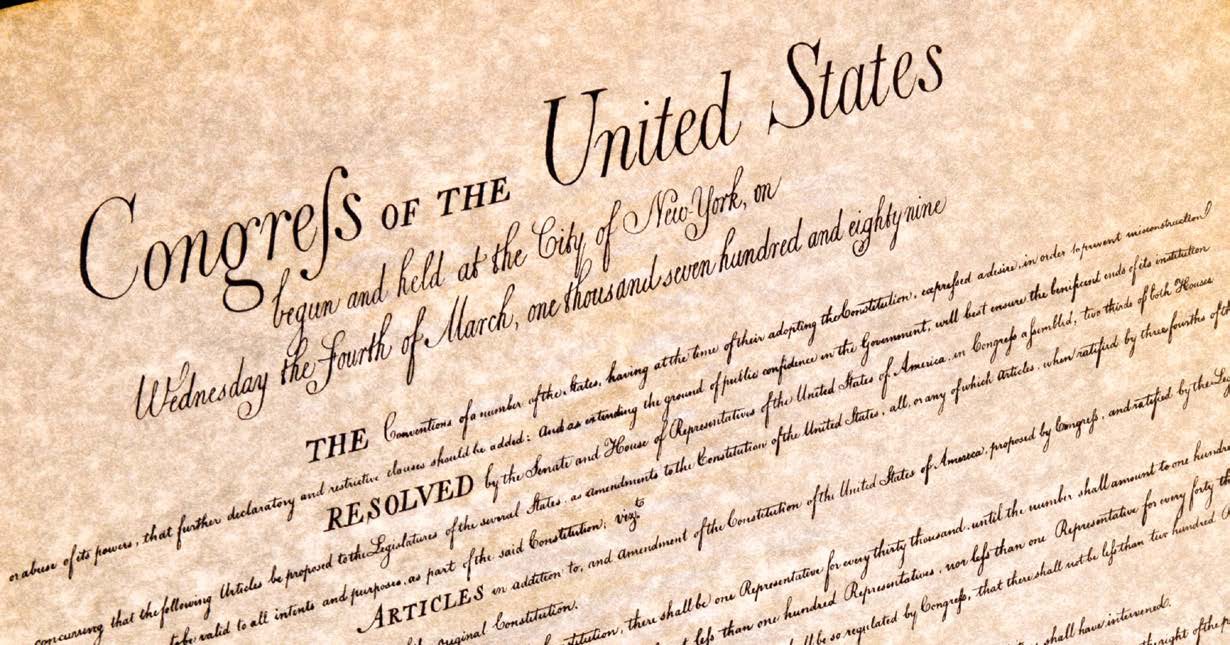
THE SEVEN ARTICLES OF THE U.S. CONSTITUTION
Article I: Created the U.S. Congress.
Article II: Created the office of the president.
Article III: Created the Supreme Court of the United States.
Article IV: Defined the relationship between the federal government and the state governments.
Article V: Gave Congress the ability to amend the Constitution.
Article VI: Stated that the U.S. Constitution is the law of the land.
Article VII: Listed all of the people who signed the U.S. Constitution.
 VERIFIED
VERIFIED


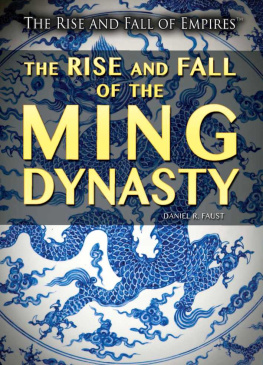
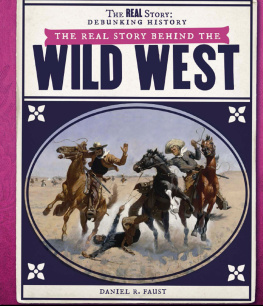
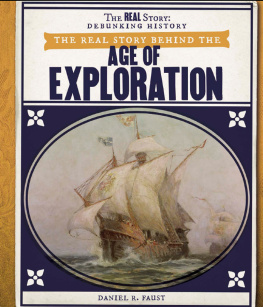



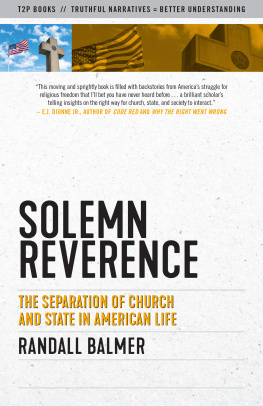



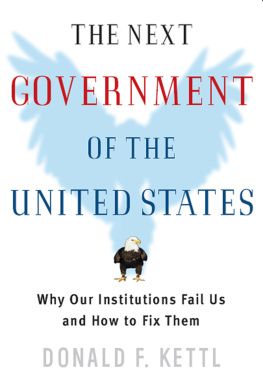
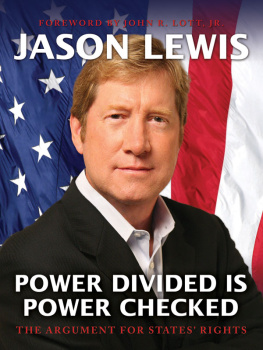
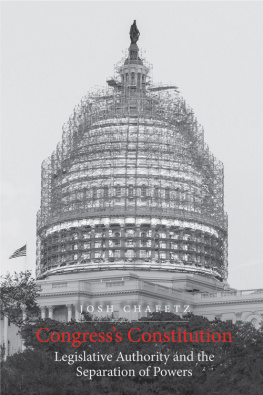
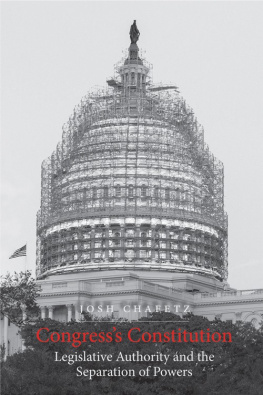






 VERIFIED
VERIFIED

